How does your garden grow? To its max potential, if you choose the easiest and best plants for hydroponics.
Our editors and experts handpick every product we feature. We may earn a commission from your purchases.Learn more.
How does your garden grow? To its max potential, if you choose the easiest and best plants for hydroponics.
Our editors and experts handpick every product we feature. We may earn a commission from your purchases.Learn more.
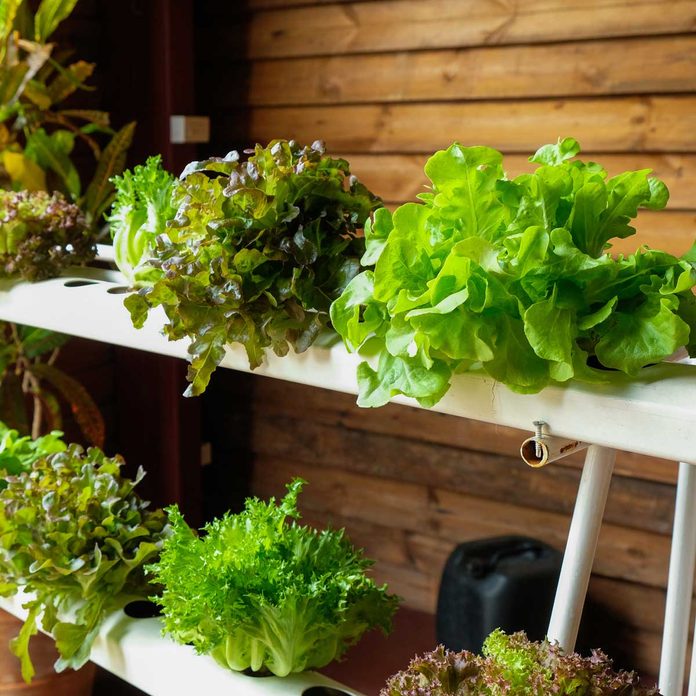
Hydroponic gardening is a method for growing plants without soil, indoors or out — plants get their nutrients directly through the water instead. Benefits include higher yields and fewer pesticides (no soil for pests to hide in!).
Whether starting with a hydroponic garden kit or DIYing your new system, choosing the best plants for hydroponics helps set beginners up for success. Some things to consider:
“It’s wise to focus on growing one easy vegetable first, such as lettuce, and learn that well before attempting to expand and grow a variety of different plants,” says Cris Tuhy, co-owner of the Sweetleaf Farm, a small Andover, New Jersey, farm that grows a multitude of hydroponic produce. “You’ll get a sense of accomplishment and have a higher success rate overall.”
Avoid root vegetables like potatoes, onions and carrots, which generally require soil to thrive.
Some plants need certain hydroponic system specifics to grow well, so match your plants to it accordingly.
Think ahead to how big the plant you’re considering is destined to become. Just as in soil-based gardening, the bigger the plant, the more precious space it requires, and overcrowding plants can lead to a disappointing yield.
Read on for some hearty, fast-growing plants that experts say are some of the best plants for hydroponic gardens.
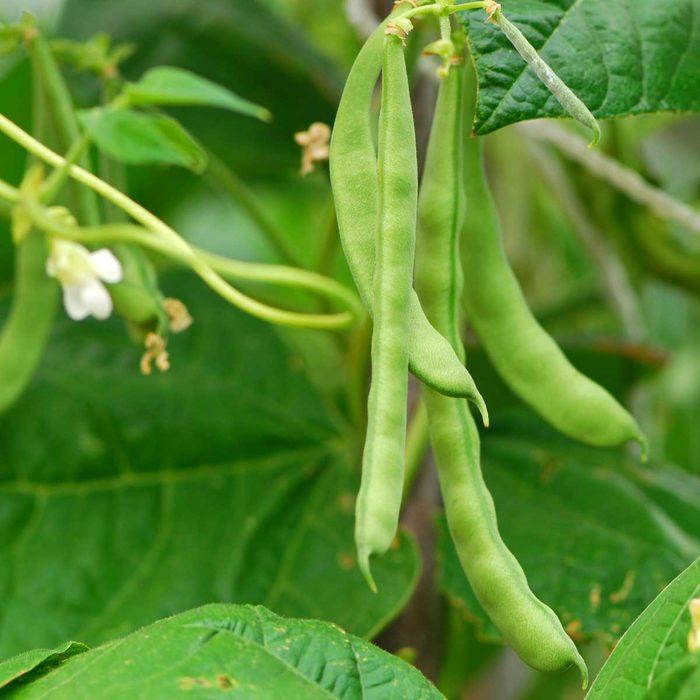
“Even novice gardeners probably know that you can grow beans without much effort, just about anywhere,” says dedicated hydroponic gardener Vicki Liston of New Mexico. “They will even sprout in a wet paper towel. So, obviously, they are super easy to grow hydroponically,” Just keep in mind that they’ll need some support eventually. (Liston recommends string.)
Not sure which variety to choose? Consider fast-growing bush beans. They’re easier because they don’t grow nearly as tall as pole beans.
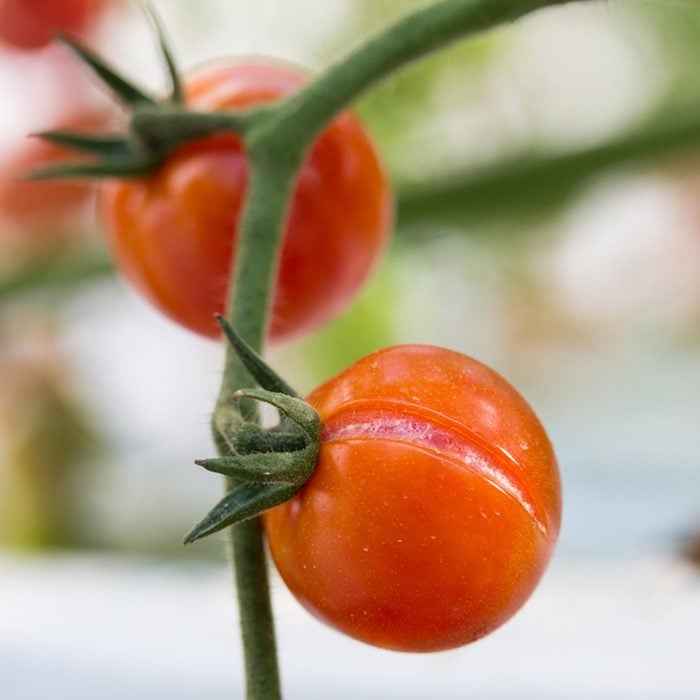
Growing tomatoes hydroponically is a much faster method than growing them in a traditional garden, which has made them one of the most popular hydroponic plants.
“I don’t have a lot of patience, so my advice is don’t plant them from seed,” Liston says. “Instead use small starter plants, and you should be able to harvest relatively quickly, in about eight to 10 weeks.” Note that you’ll need to support the vines as they grow vertically.
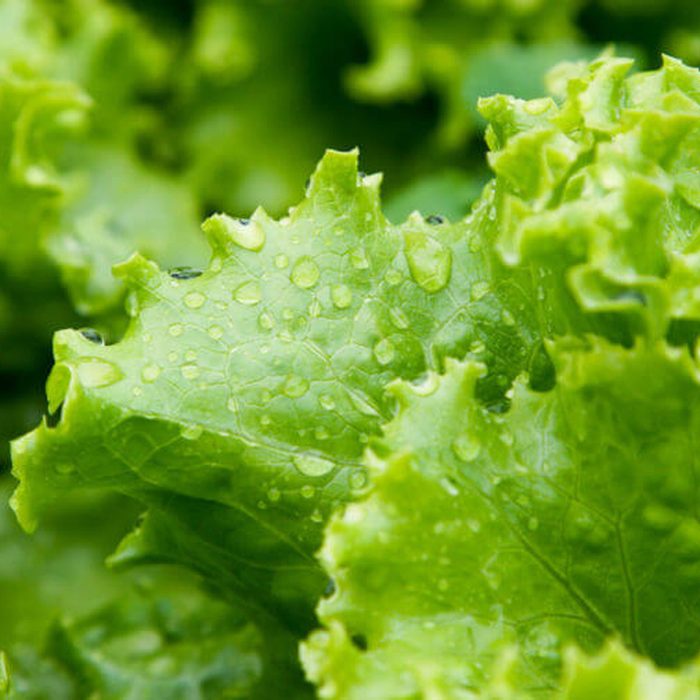
This is another star performer. It doesn’t require a lot of attention, making it an especially great choice for new hydroponic gardeners. Best of all, lettuce continues to re-grow after you harvest.
“I suggest Rex Butterhead lettuce, because the seeds are coated and pelleted, which makes them easy to handle and plant,” Tuhy says. “It’s a fast grower and will be ready to harvest in six to eight weeks.”
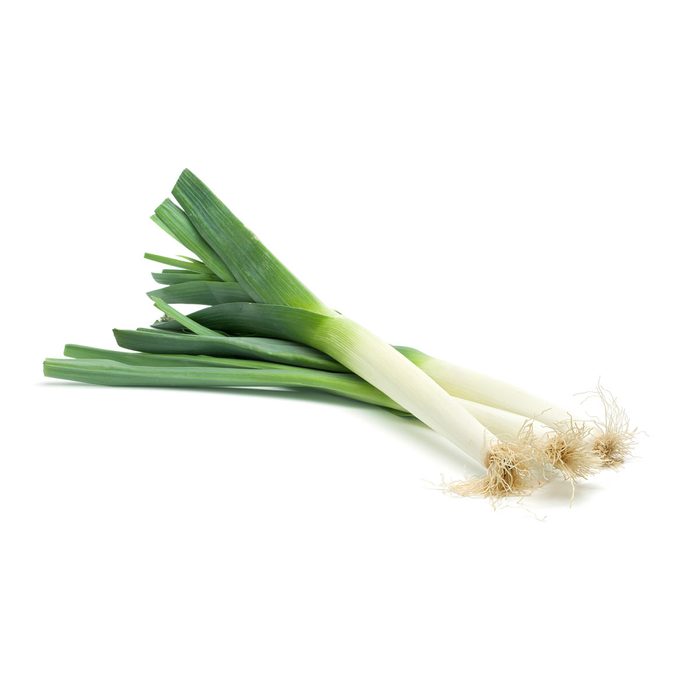
“If you want to boost your confidence as a hydroponic farmer, grow green onions! They’re by far the easiest vegetable I’ve ever grown,” Liston says. “You can just cut the root off an onion you bought at a grocery store, place it in your hydroponic system, and they will grow like crazy.” Regrowing kitchen scraps minimizes waste and saves money.
Pro tip: Liston recommends using oxygenated water to prolong root life.
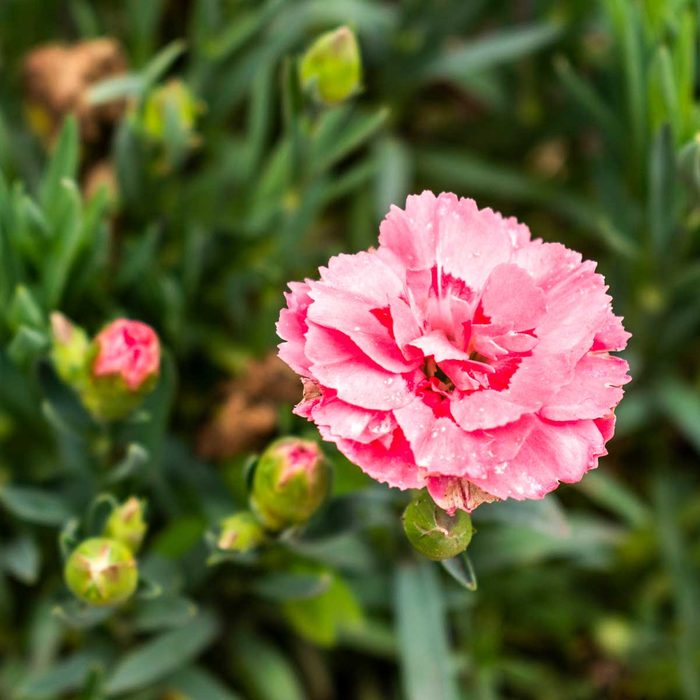
Flowers can be grown hydroponically too! Carnations make a great first flower to try. “Of all the flowers, carnations are known to be super-easy to raise and maintain with hydroponic systems,” Liston says. “They don’t require too much time or any additional care.”
Some carnations are edible, too, but do your research to ensure you choose the right variety.
Pro tip: Liston advises planting hydroponic flowers separate from foods, because they may require different pH levels.
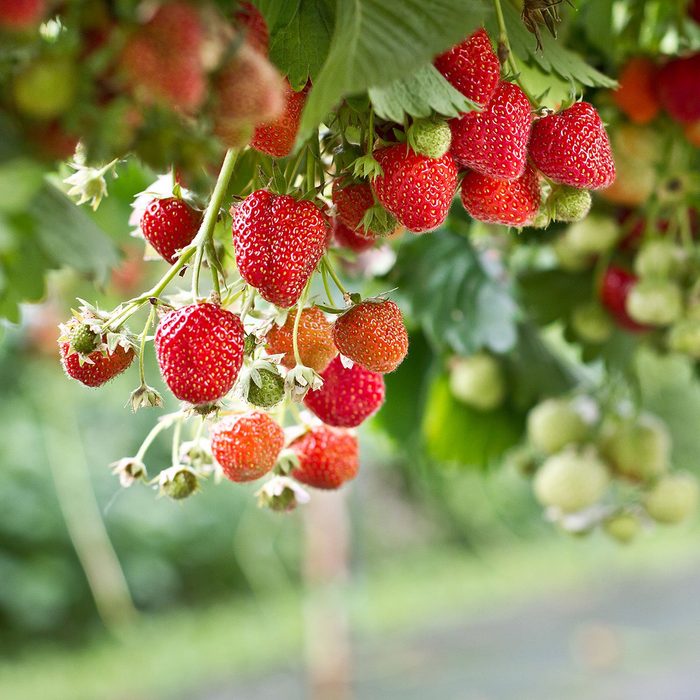
“Strawberries are one of our top favorites because they grow well in a vertical garden situation and can produce quite a bit of fruit in a small space,” Tuhy says. Plus, if your setup is indoors, you can enjoy these sweet berries no matter the season.
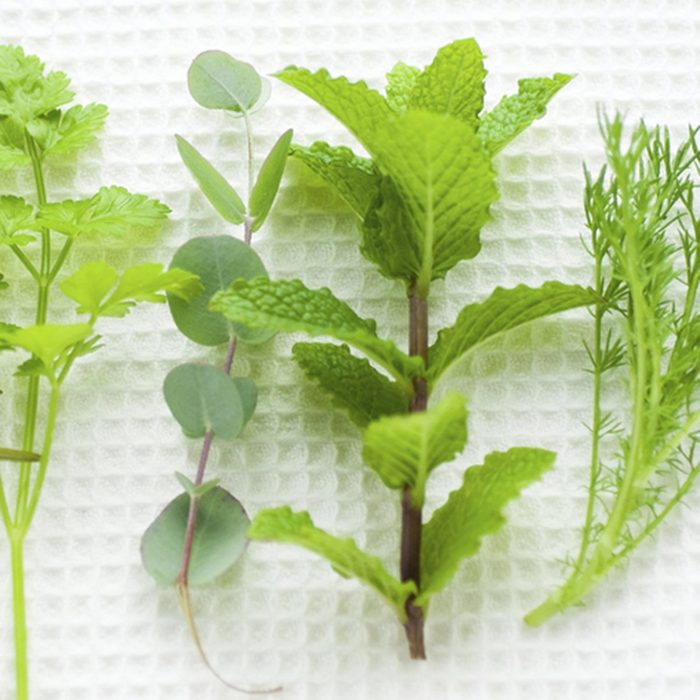
Herbs of all types are known to work especially well in hydroponic systems because they’re resilient. Keep your indoor herb garden growing near your kitchen, for easy incorporation to dishes and drinks.
“You can keep harvesting these herbs over and over, and they grow thicker and fuller over time,” Liston says. “Be sure to cut off their flowers as soon as they appear, to keep them healthy.” Mint and basil are two of Liston’s favorites.
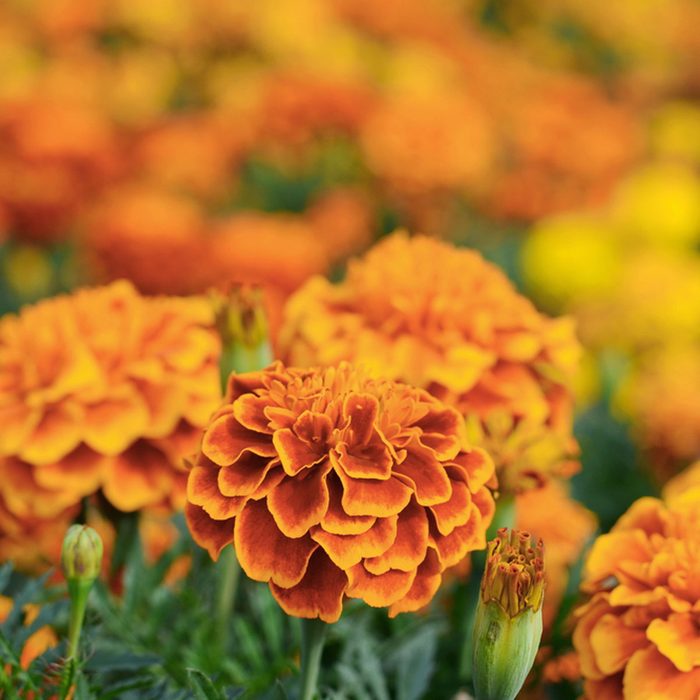
This is another popular, low-maintenance flower. Similar to carnations, marigolds don’t require any special techniques and can be grown in just about any system. “[Tangerine Gem] edible marigolds are one of my favorites that we grow at our farm, as they’re so colorful and only require about sixty days to reach maturity,” Tuhy says.
Pro tip: Separate the edible, citrusy petals from the bitter-tasting base.
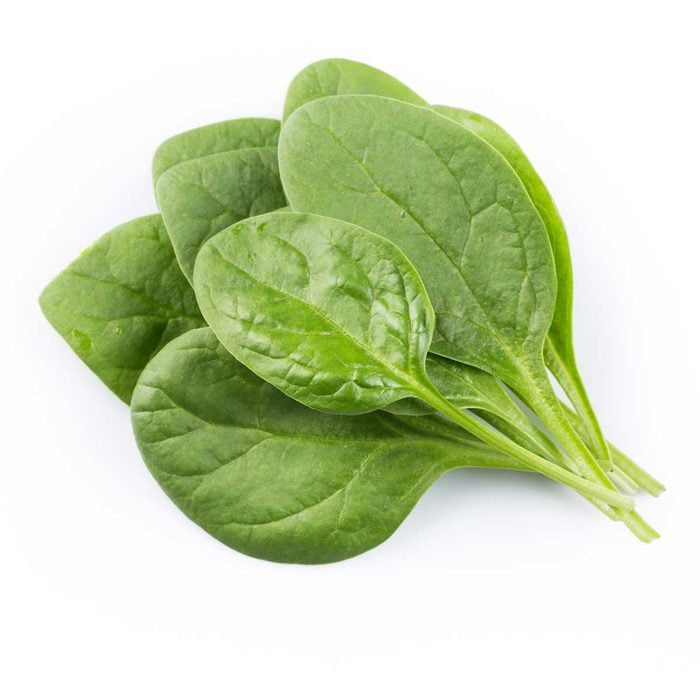
This leafy, dark green vegetable is delicious, nutritious and does incredibly well when raised hydroponically — a friendly crop for amateurs. Plus, it produces a continuous harvest and grows fast. Spinach potentially can be harvest-ready in 30 to 40 days. Add it to your hydroponic salad garden.
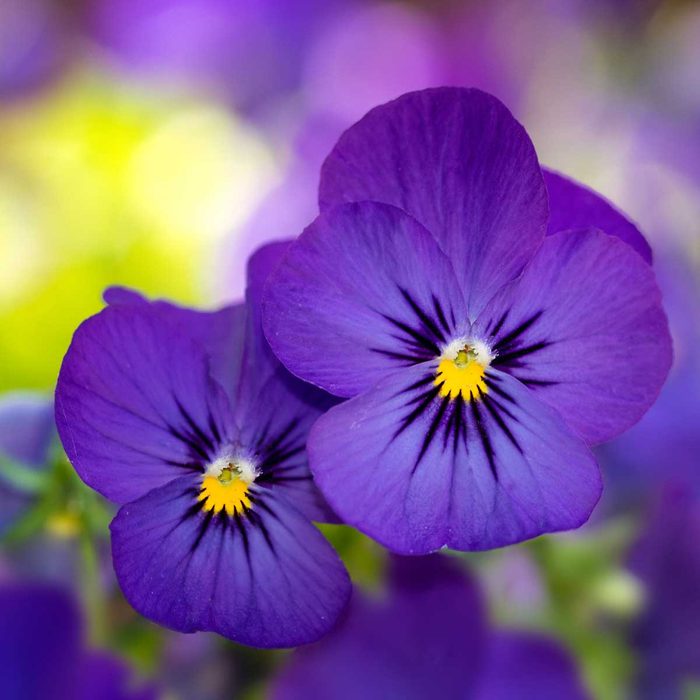
Pansies are another hardy favorite of hydroponic gardeners. They require no extra care outside of the usual feeding, Tuhy says, and deliver intensely colorful rewards. You can grow pansies in edible varieties, too.
Pro tip: Looking for more flower recommendations for hydroponic experimentation? Try snapdragons, peace lilies and zinnias.